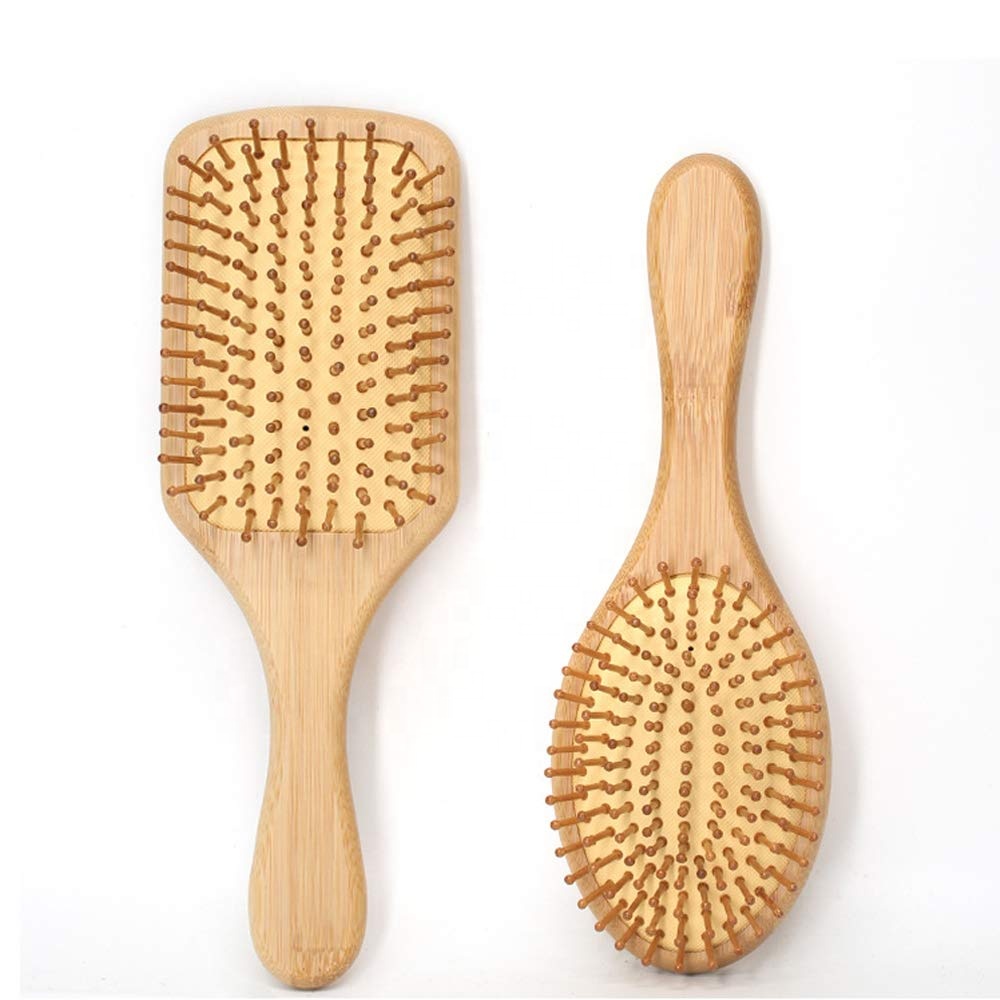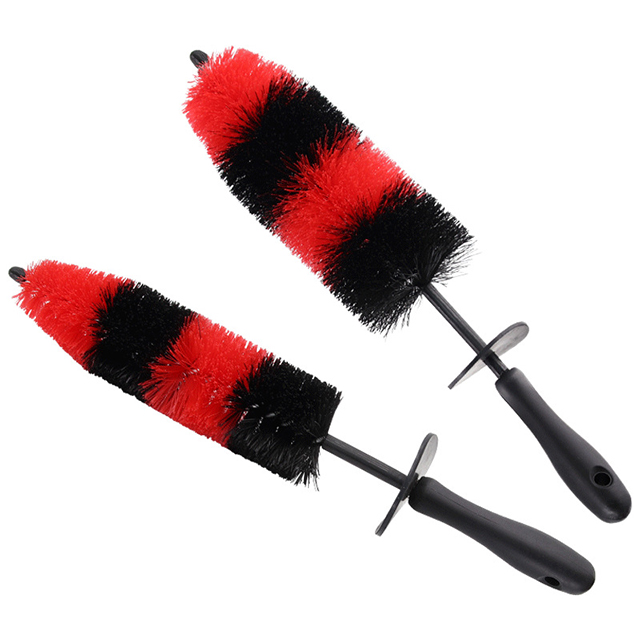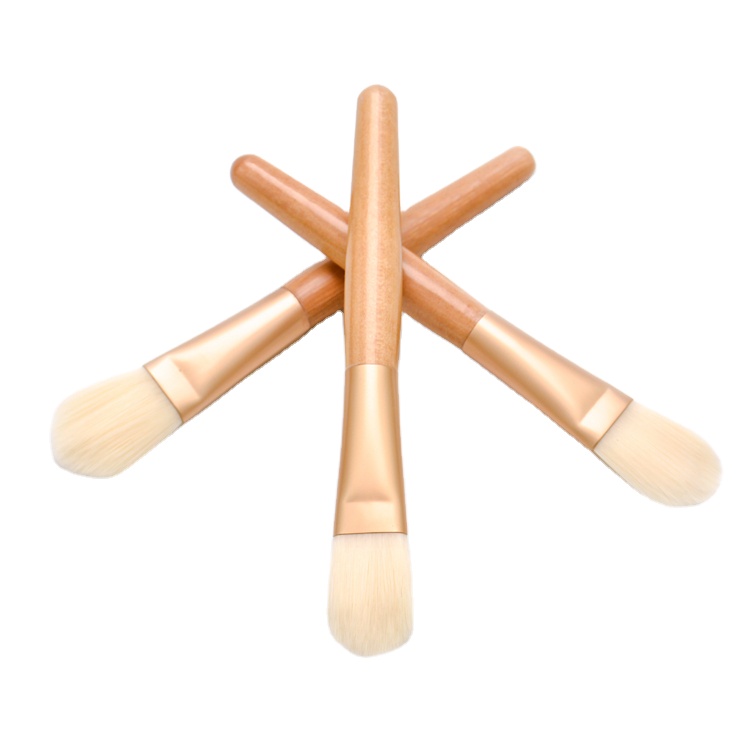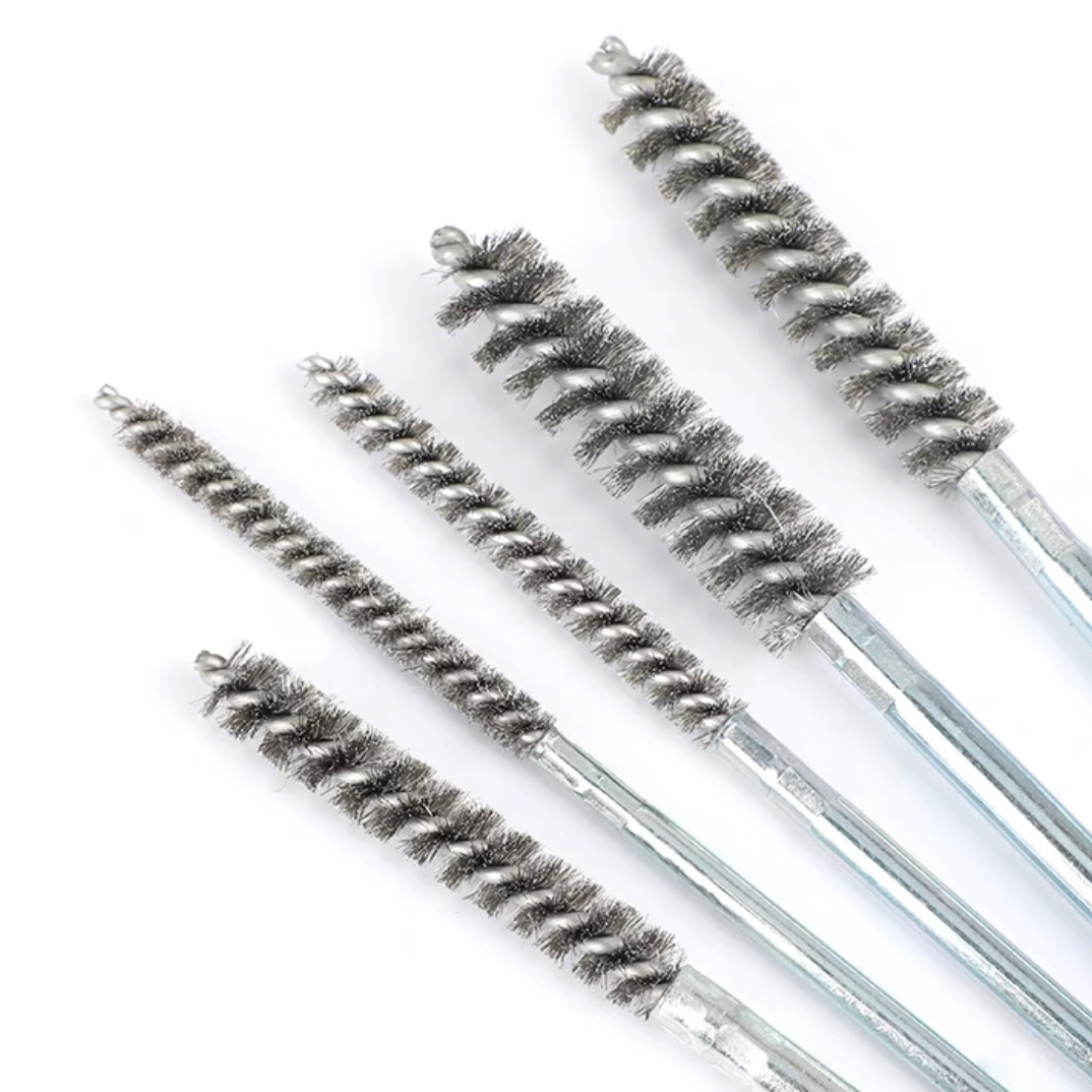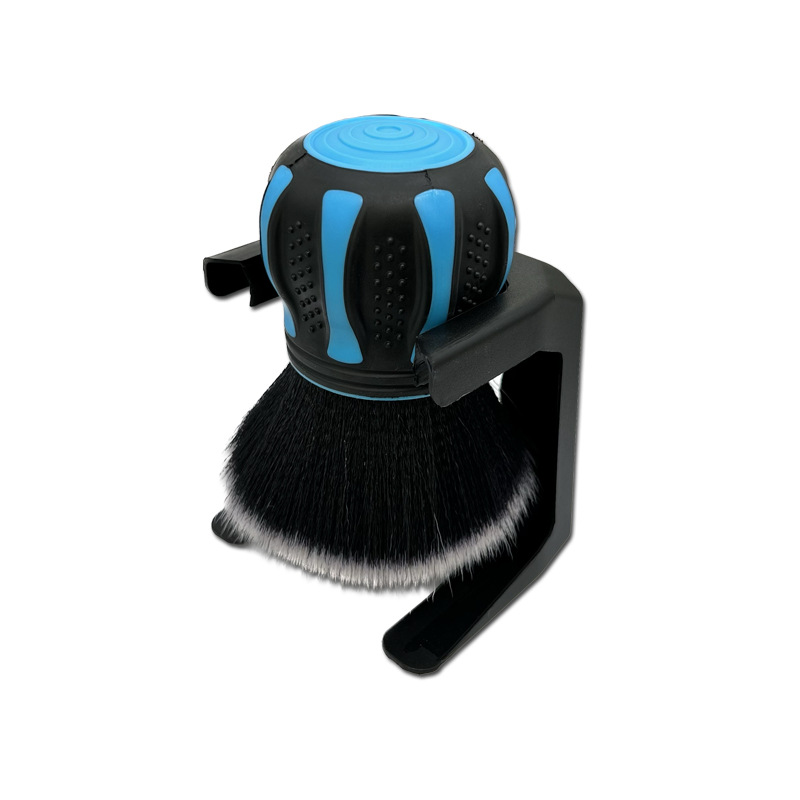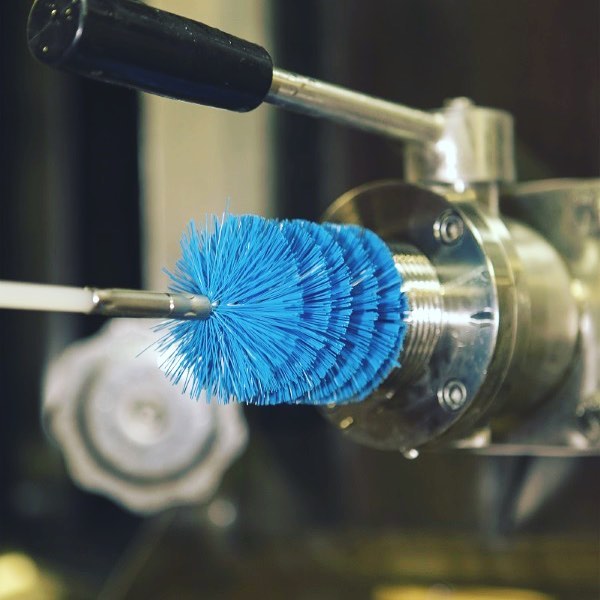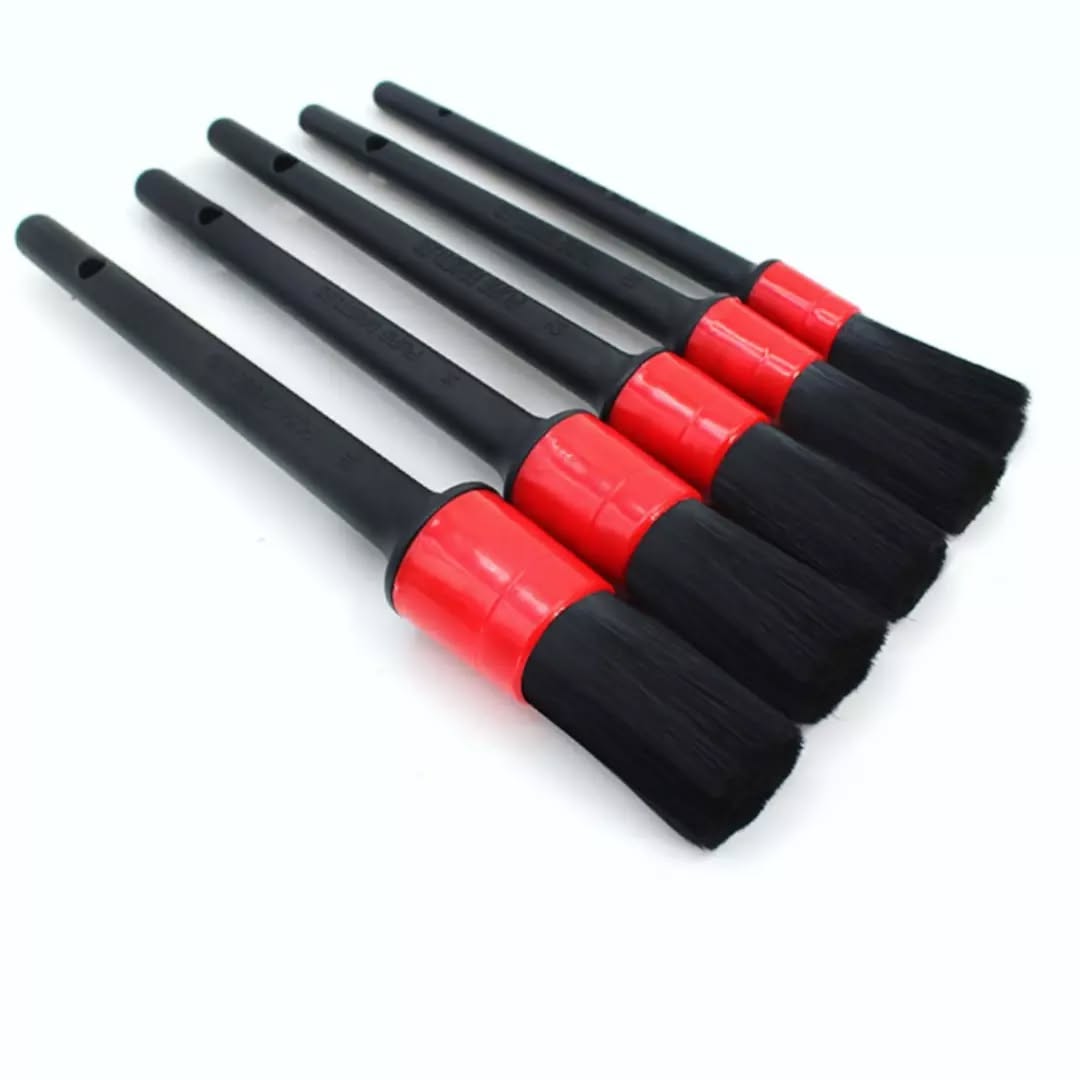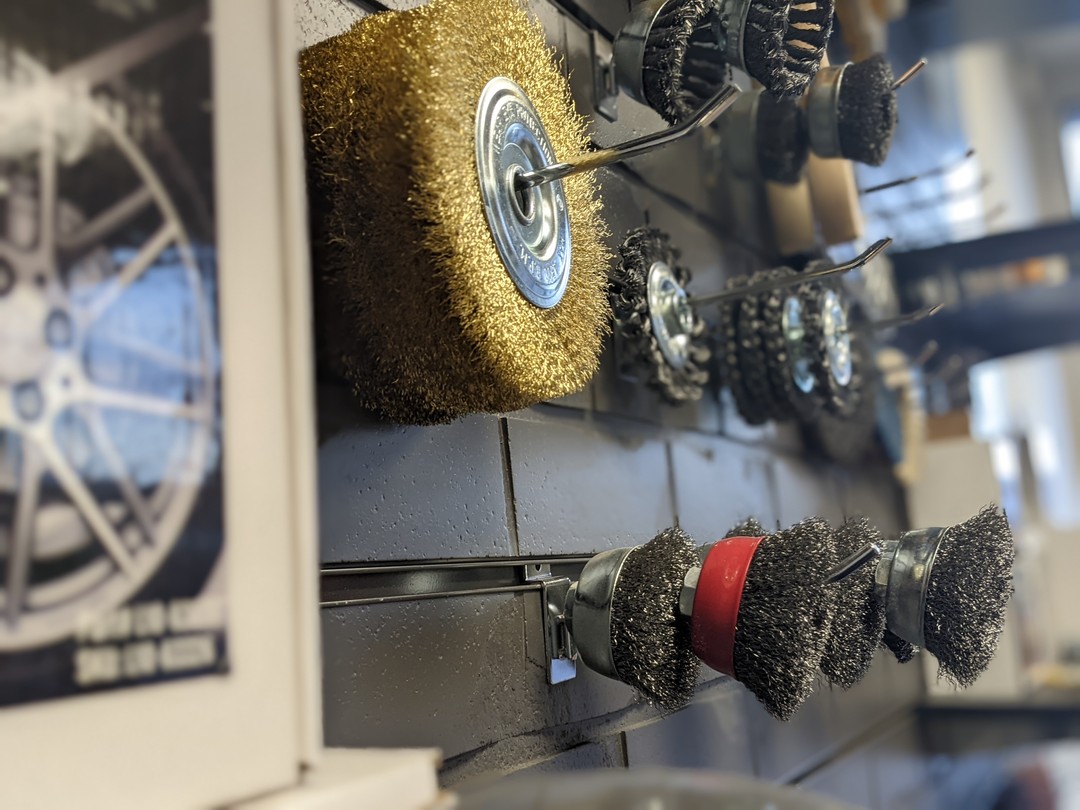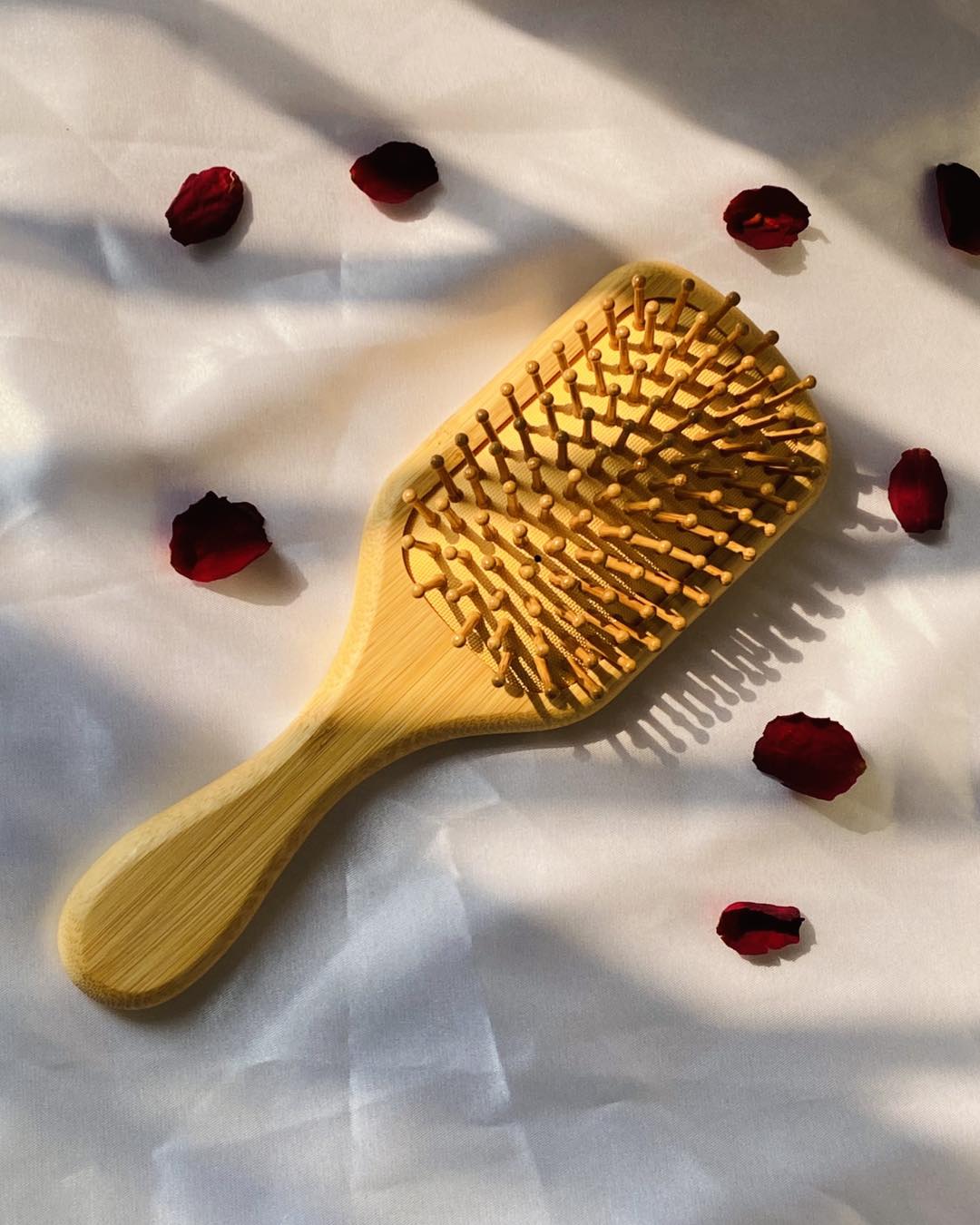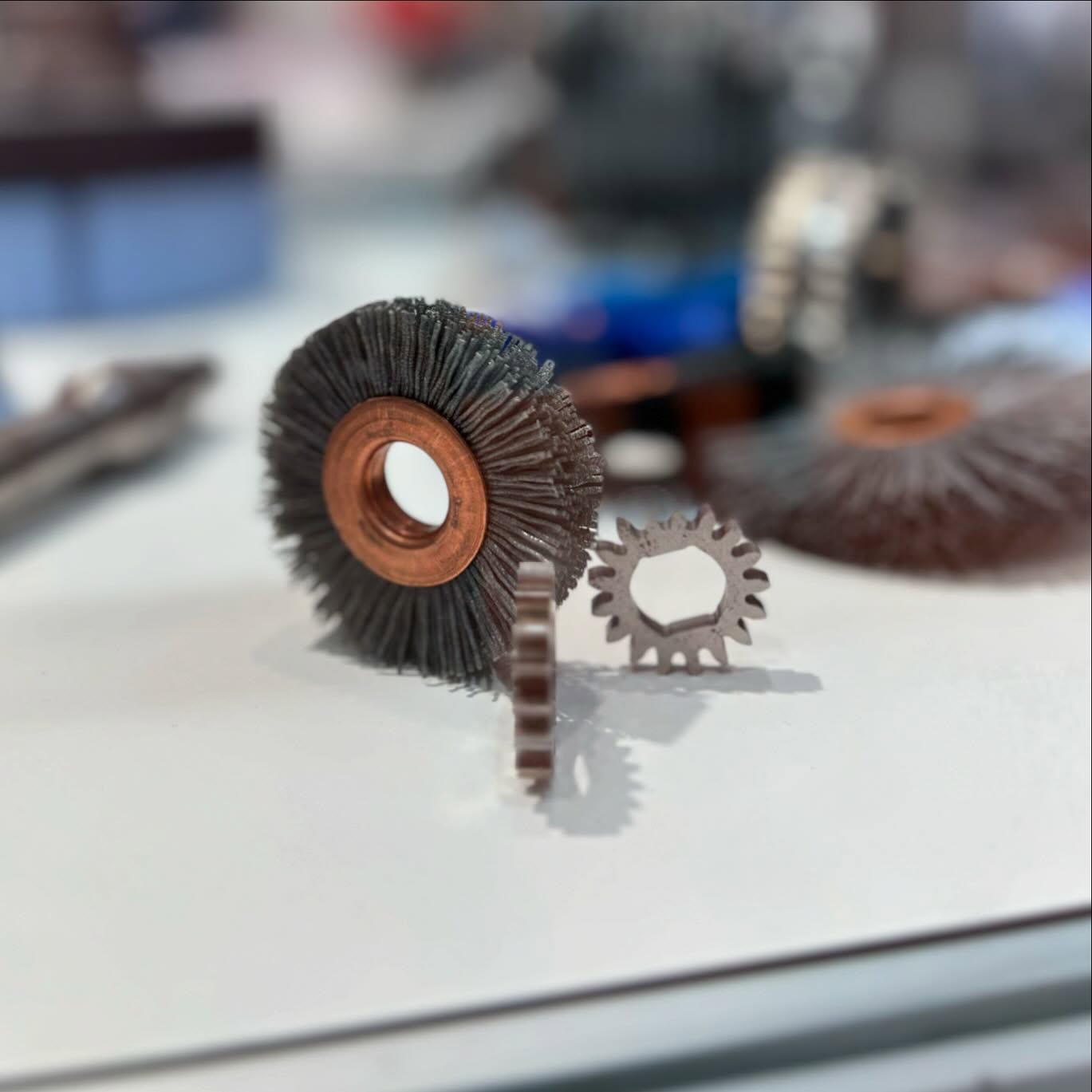Πίνακας περιεχομένων
Test tube brushes, while often overlooked, are an essential tool in the world of laboratory cleaning. Their simple yet effective design helps maintain the cleanliness and sterility of test tubes and other laboratory equipment. Whether you are in a scientific laboratory or a research facility, understanding the functionality and proper use of a test tube brush can greatly enhance the quality of your work and the efficiency of your cleaning process. In this article, we will delve into the design, materials, and various applications of test tube brushes, exploring how they help ensure a sterile environment for experiments and sample collection.
The Essential Function of a Test Tube Brush
Test tube brushes are indispensable tools in laboratories where they are primarily used for cleaning test tubes, which are often employed for holding, mixing, and heating small quantities of liquids. Designed to reach the narrow confines of these tubes, test tube brushes ensure thorough cleaning and help maintain sterile conditions. They also find utility in cleaning other lab equipment, such as graduated cylinders, boiling tubes, and even blood collection tubes, making them incredibly versatile.
Typically, these brushes range in length from 50 mm to 250 mm, allowing them to clean test tubes of various sizes (with diameters ranging from 13 to 20 mm). Their design makes them suitable for cleaning glass and plastic surfaces, ensuring that your lab equipment is free of residue, bacteria, or contaminants that could interfere with experimental results.
Materials Used in Test Tube Brushes
The bristle material is one of the most important factors in determining the effectiveness of a test tube brush. Several materials are commonly used, each offering distinct advantages depending on the cleaning requirements.
1. Νάιλον τρίχες
Nylon is a popular choice due to its strength, durability, and resistance to chemicals. These brushes are ideal for cleaning test tubes that contain chemical or biological samples. Nylon bristles are tough on residue but may be too abrasive for delicate lab equipment.
2. Natural Bristles
Natural bristles, such as hog bristles, provide a softer touch and are more suitable for cleaning delicate surfaces. These brushes are perfect for laboratory equipment that requires a gentler cleaning method, such as biological sample tubes that may be more prone to damage.
3. Polyester Bristles
Polyester bristles combine the durability of nylon with the softness of natural bristles. This balance makes them versatile, suitable for a wide range of cleaning applications, including those where both strength and gentleness are required.
Choosing the right bristle material depends on the type of test tube or equipment being cleaned and the specific requirements of the laboratory. For instance, nylon bristles work well for regular cleaning tasks, while natural bristles are preferred for sensitive biological samples.
Handle Composition and Its Importance
The handle of a test tube brush is just as important as the bristles in ensuring that the tool performs effectively. Handles must be durable, resistant to corrosion, and capable of withstanding the rigorous demands of laboratory cleaning. Although test tube brush handles are made from various materials, common choices include metal, plastic, and wood.
Selecting a handle material that is sturdy and resistant to chemicals and corrosion ensures that the brush remains in good condition and performs optimally over an extended period. A strong and flexible handle allows for better control and makes it easier to maneuver the brush inside the tube.
Selecting the Right Size of Test Tube Brush
Choosing the appropriate size of test tube brush is crucial for ensuring thorough cleaning. Test tube brushes are available in various sizes, from small to large, and selecting the right size ensures that the brush fits the test tube or laboratory equipment being cleaned. For instance, narrower brushes are ideal for cleaning smaller tubes like culture tubes, while larger brushes are more suitable for wide-mouthed tubes like boiling tubes or centrifuge tubes.
The size of the brush also affects the efficiency of the cleaning process. Using the correct size will help you reach all areas of the tube, ensuring a complete and thorough cleaning.
Proper Use and Maintenance of Test Tube Brushes
1. Usage
To clean a test tube, wet the tube with distilled water before inserting the brush. Scrub both the inside and outside of the tube using a gentle, circular motion to dislodge particles and residue. Make sure the bristles reach all the corners and crevices of the tube for a thorough cleaning.
2. Cleaning After Use
Once you have finished using the brush, clean it with warm, soapy water. Rinse thoroughly to remove any soap or residue. It’s also important to inspect the bristles regularly for signs of wear, such as fraying or bending. Worn-out bristles can reduce the cleaning efficiency of the brush, so replacing the brush when necessary is essential.
3. Storage
Store your test tube brush in a dry, clean place to prevent the buildup of bacteria. Hanging the brush on a wooden peg or placing it in a basket with the bristles facing downward helps prevent contamination. Avoid exposing the brush to direct sunlight, as this can degrade the bristles over time.
4. Inspection and Disposal
Inspect the brush regularly for any signs of damage, such as fraying bristles or corrosion on the handle. When it’s time to replace the brush, do so by washing it off, wrapping it in paper towels, and disposing of it responsibly in the appropriate waste bin.
Applications of Test Tube Brushes in Laboratories
Beyond cleaning test tubes, test tube brushes are used for a variety of other tasks in the laboratory:
1. Cleaning Other Lab Equipment
Test tube brushes can be employed to clean other types of laboratory equipment, including graduated cylinders, Erlenmeyer flasks, pipettes, and tubing. Their flexible bristles allow them to reach tight corners and crevices, ensuring that all surfaces are properly cleaned.
2. Sample Collection and Preparation
In biological and environmental studies, test tube brushes are used for sample collection and preparation. They help ensure that samples remain uncontaminated by scrubbing the interior of sample tubes, PCR test tubes, and culture tubes. This minimizes contamination risks and helps maintain the integrity of the analysis.
3. Ensuring Sterile Conditions
A clean and sterile lab environment is crucial for accurate and reliable results. Test tube brushes assist in maintaining sterile conditions by effectively cleaning equipment and removing any contaminants that could affect experiments. Their resistance to acid and corrosive chemicals makes them ideal for cleaning narrow-mouth bottles and other sensitive lab equipment.
Test Tube Brushes vs. Alternative Cleaning Methods
While test tube brushes are an excellent choice for laboratory cleaning, it’s worth considering alternative cleaning methods to determine which is most suitable for your lab’s needs.
Ultrasonic Cleaners
Ultrasonic cleaners are devices that use high-frequency sound waves to remove contaminants from surfaces. They are known for being efficient and require less labor compared to manual cleaning methods like test tube brushes. However, ultrasonic cleaners can be expensive, and their use may not be ideal for cleaning delicate surfaces, as the ultrasonic waves could potentially cause damage.
Disposable Cleaning Swabs
Disposable cleaning swabs are convenient and cost-effective for quick cleaning tasks. However, they are single-use, leading to more waste compared to reusable tools like test tube brushes. They may also lack the cleaning power and precision required for thorough sterilization of lab equipment.
Test tube brushes provide a more eco-friendly and durable option, allowing for repeated use while delivering superior cleaning results compared to disposable alternatives.
Summary
In conclusion, test tube brushes are a vital tool for maintaining cleanliness and sterility in the laboratory. Their design, material options, and versatility make them highly effective for cleaning not only test tubes but also a variety of other lab equipment. Proper usage, maintenance, and storage are essential for ensuring that these brushes remain functional and reliable for years to come. By investing in quality test tube brushes and using them correctly, laboratories can maintain a clean and sterile environment, which is critical for the accuracy and success of experiments.
Συχνές ερωτήσεις (FAQs)
1. What are test tube brushes used for?
Test tube brushes are primarily used to clean the interior of test tubes and other lab equipment, ensuring that no residues or contaminants are left behind. They are effective in reaching tight corners and crevices inside tubes.
2. How do I clean and maintain my test tube brush?
After each use, clean the brush with warm, soapy water, rinse thoroughly, and inspect the bristles for wear and tear. Store the brush in a dry place to avoid contamination and replace it when necessary.
3. Can test tube brushes clean other lab equipment?
Yes, test tube brushes can be used to clean other laboratory equipment such as graduated cylinders, pipettes, and Erlenmeyer flasks. Their flexible design makes them suitable for a wide range of cleaning tasks in the lab.

